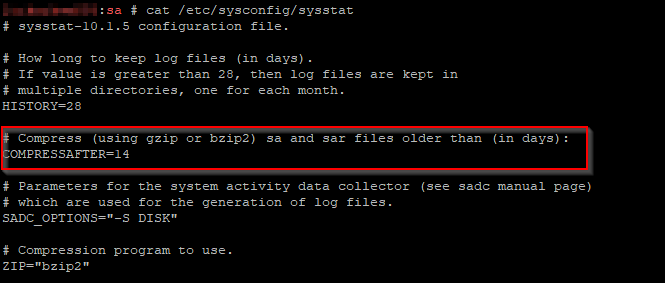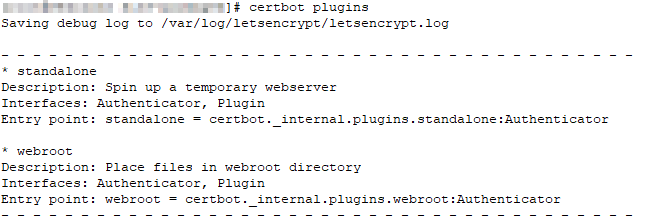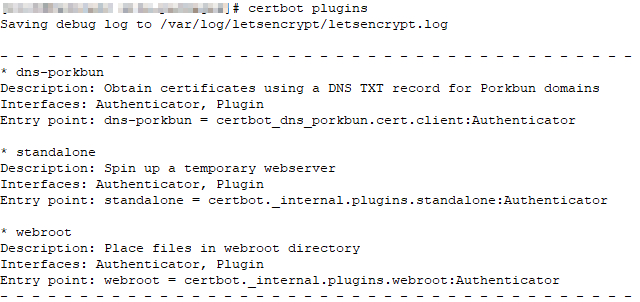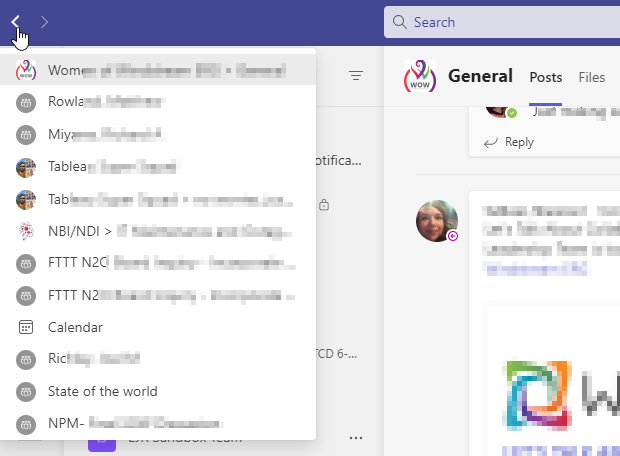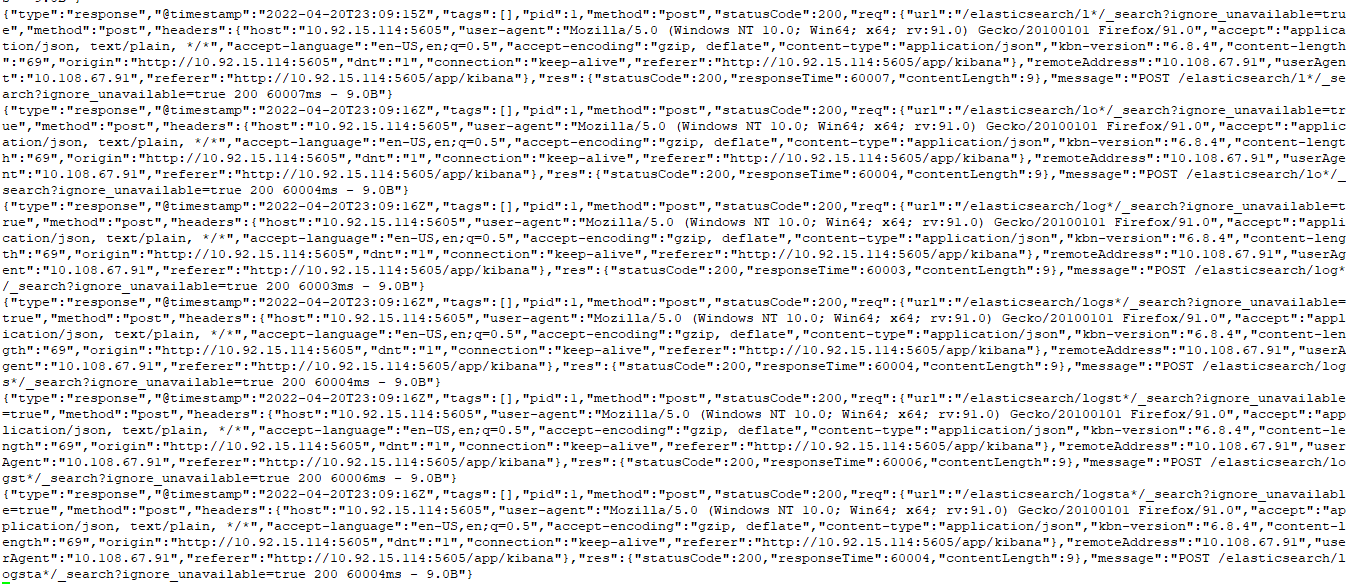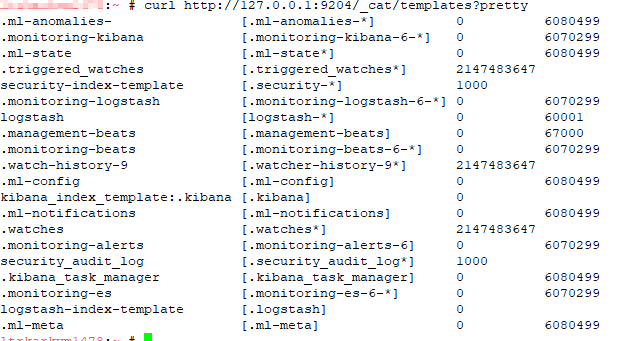The following defines a simple data lifecycle policy we use for event log data.
Immediately, the data is in the “hot” phase.
After one day, it is moved to the “warm” phase where the number of segments is compressed to 1 (lots-o-segments are good for writing, but since we’re dealing with timescale stats & log data [i.e. something that’s not being written to the next day], there is no need to optimize write performance. The index will be read only, thus can be optimized for read performance). After seven days, the index is frozen (mostly moved out of memory) as in this use case, data generally isn’t used after a week. Thus, there is no need to fill up the server’s memory to speed up access to unused data elements. Since freeze is deprecated in a future version (due to improvements in memory utilization that should obsolete freezing indices), we’ll need to watch our memory usage after upgrading to ES8.
Finally, after fourteen days, the data is deleted.

To use the policy, set it as the template on an index:

Upon creating a new index (ljrlogs-5), the ILM policy has been applied:



